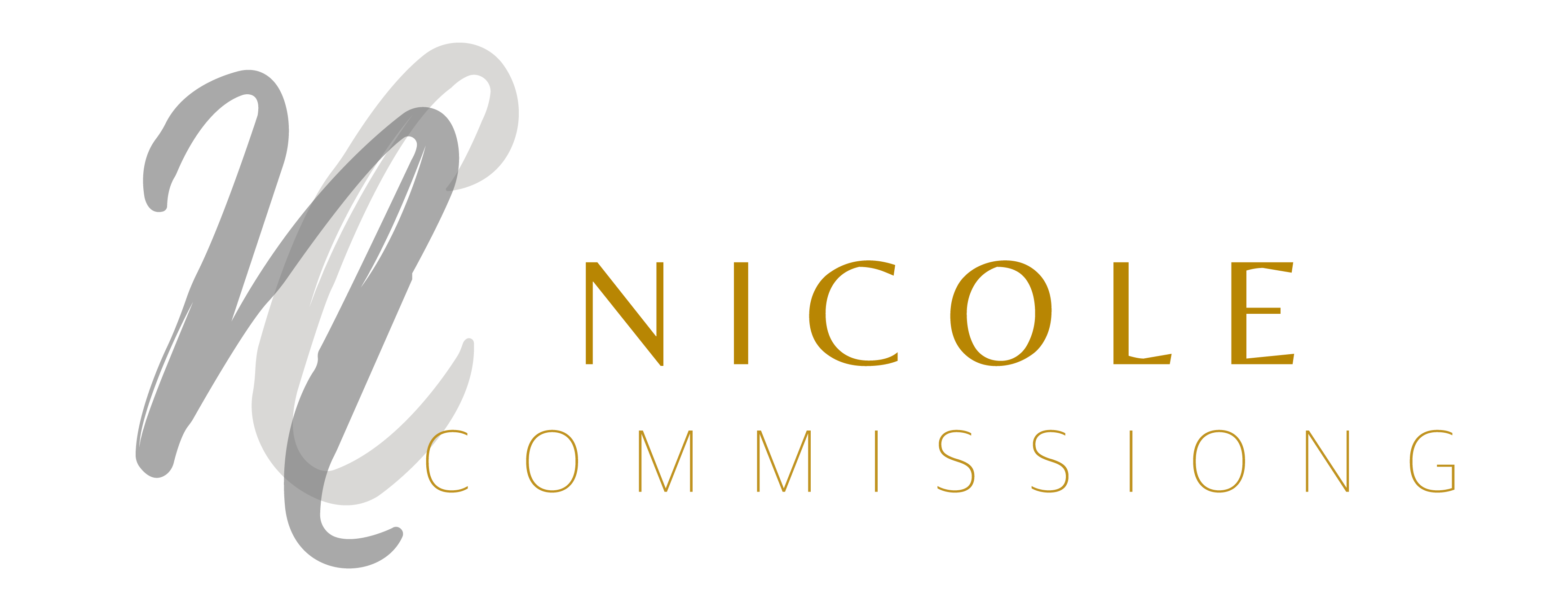
There has been a lot of talk about the value of diversity, equity, inclusion and representation on the heels of the confirmation of the first Black woman to the US Supreme Court.
By now, it should be common knowledge that diversity for diversity’s sake is not a thing. There has been ample research and studies that support the business case for inclusion as well.
Businesses that want to be successful in today’s economy need to have a diverse workforce. A recent study by Deloitte showed that businesses with a more diverse workforce are 45% more likely to have financial returns above their industry median. So, what are the benefits of diversity and inclusion? In this blog post, I discuss the many advantages that a diverse workforce can bring to your business.
One of the most important benefits of diversity is that it can help you attract and retain top talent.
In order to attract the best and brightest employees, your business needs to be an inclusive environment where everyone feels welcome. A diverse workforce can also help you tap into new markets.
Customers want to see themselves represented in the businesses they support. By having a diverse workforce, you’ll be able to better connect with your target audience.

A recent Harvard Business Review article stated that a team with a member who shares a client’s ethnicity is 152% likelier than another team to understand that client.
Another benefit of diversity is that it can help improve your bottom line. Studies have shown that businesses with diverse employees are more innovative and creative. They are also better able to solve complex problems. So, if you want your business to be successful, it’s important to create an environment where diversity is valued.
The same article mentioned above provided more analysis about the importance of diversity:
‘Without diverse leadership, women are 20% less likely than straight white men to win endorsement for their ideas; people of color are 24% less likely; and LGBTs are 21% less likely. This costs their companies crucial market opportunities, because inherently diverse contributors understand the unmet needs in under-leveraged markets. We’ve found that when at least one member of a team has traits in common with the end user, the entire team better understands that user.
Inherent diversity, however, is only half of the equation. Leaders also need acquired diversity to establish a culture in which all employees feel free to contribute ideas. Six behaviors, we have found, unlock innovation across the board: ensuring that everyone is heard; making it safe to propose novel ideas; giving team members decision-making authority; sharing credit for success; giving actionable feedback; and implementing feedback from the team. Leaders who give diverse voices equal airtime are nearly twice as likely as others to unleash value-driving insights, and employees in a ‘speak up’ culture are 3.5 times as likely to contribute their full innovative potential.”

If you’re not sure how to get started, there are a few things you can do to begin promoting diversity and inclusion in your workplace. First, make sure that your hiring practices are fair and inclusive. Second, provide training for your employees on unconscious bias and microaggressions. Finally, create a diversity and inclusion policy for your company. By taking these steps, you’ll be well on your way to creating a more diverse and inclusive workplace.
What are some of the benefits of diversity that you’ve seen in your own workplace?




